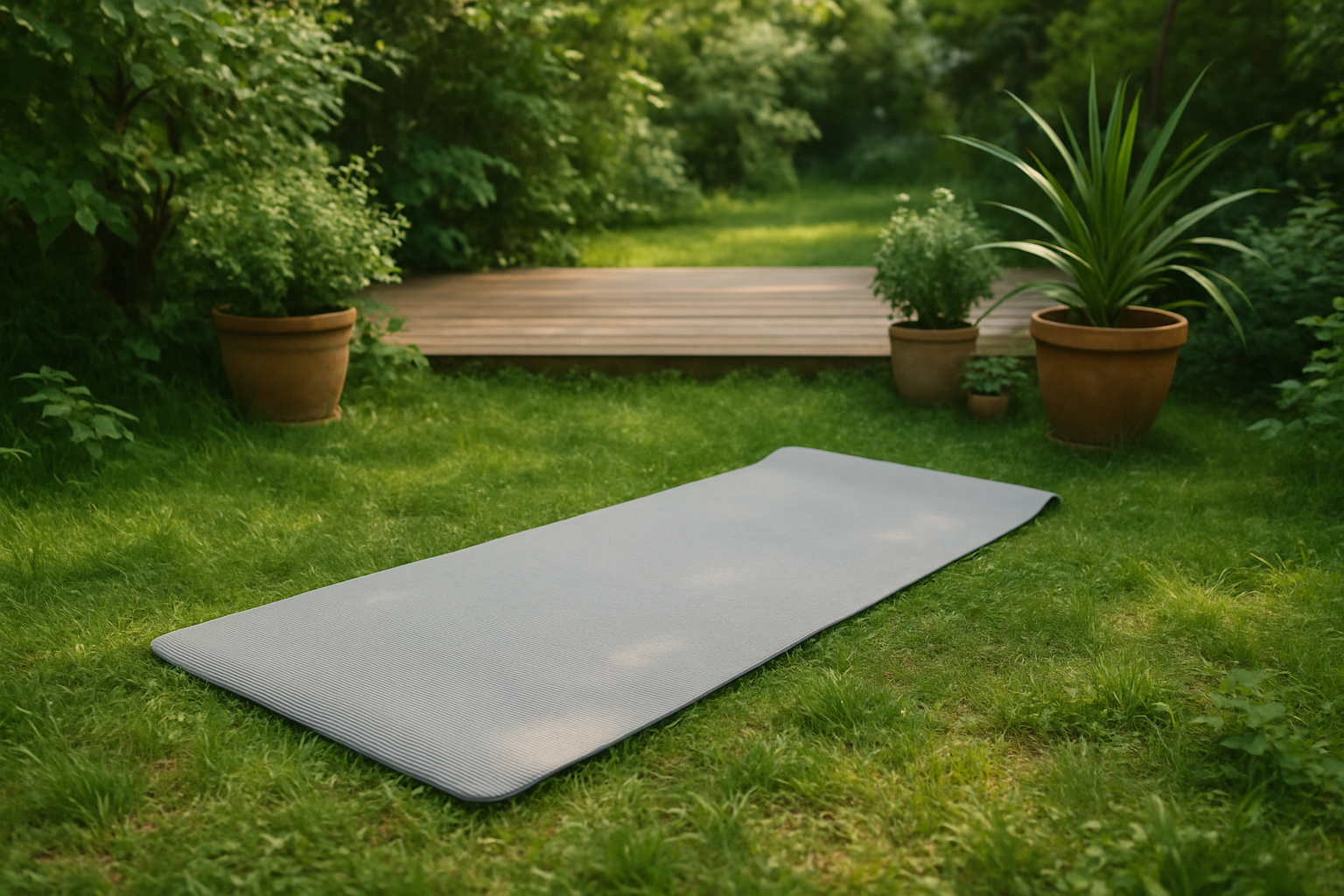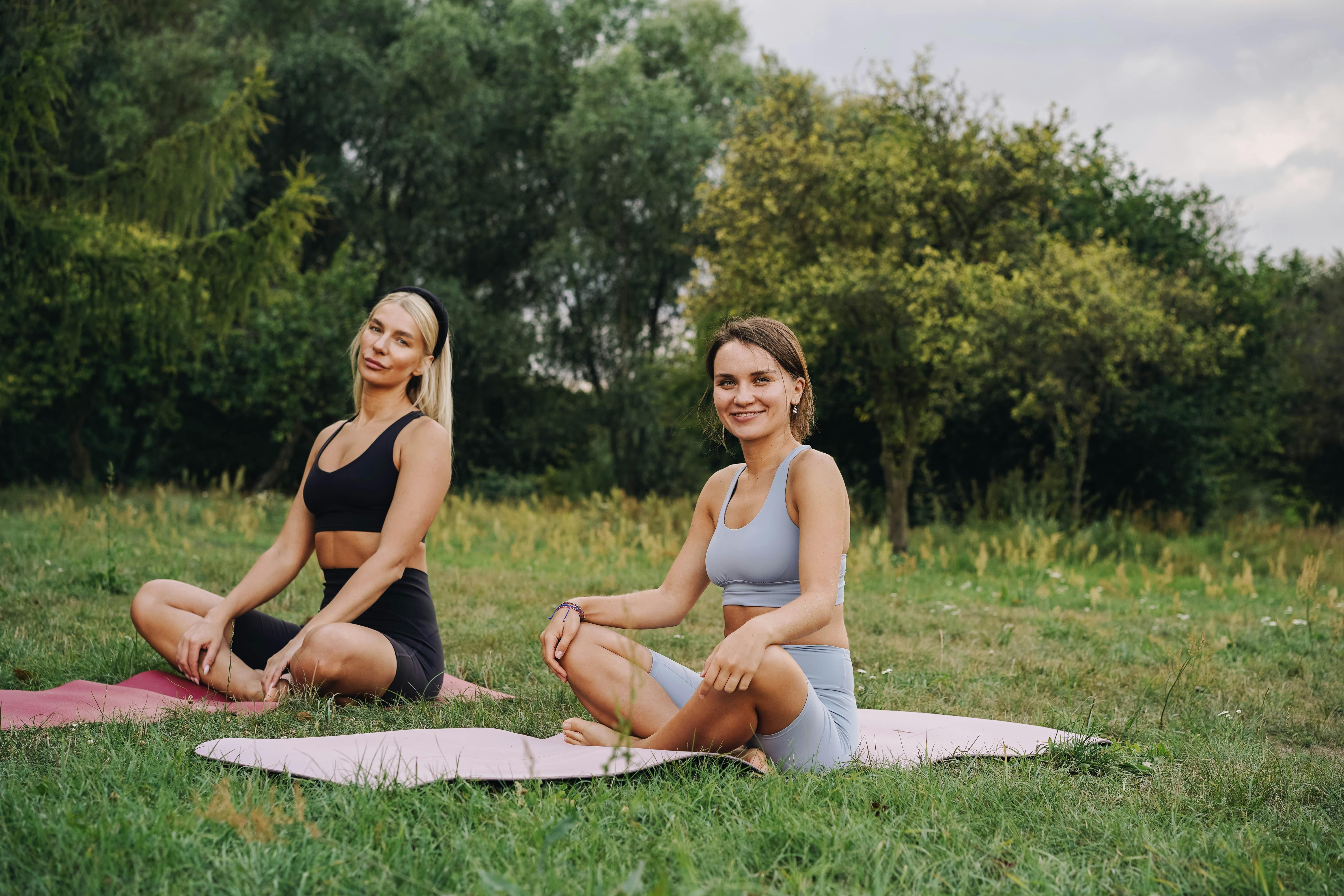Choosing the right yoga mat is more than just picking a color or design—it’s about finding a tool that supports your body, enhances your practice, and aligns with your wellness values. A thoughtfully chosen mat can make every pose more stable, comfortable, and enjoyable.
1. Mat Thickness Matters
Yoga mats come in varying thicknesses, typically ranging from 1/16 inch (1.5 mm) to 1/4 inch (6 mm) or more.
-
Thin mats (1.5–3 mm): Provide excellent stability for standing and balance poses, ideal for advanced practitioners.
-
Medium mats (4–5 mm): Offer a balance between cushioning and support, suitable for most yoga styles including Vinyasa and Hatha.
-
Thick mats (6 mm+): Provide maximum comfort for floor poses and meditation but may reduce stability during standing postures.
2. Material and Grip
The material of your yoga mat influences both performance and sustainability:
-
PVC mats: Durable and affordable, but less eco-friendly.
-
Natural rubber mats: Biodegradable, eco-conscious, and provide excellent traction.
-
TPE and cork mats: Lightweight, non-toxic, and offer a natural grip that improves as you sweat.
Grip is essential to prevent slipping during dynamic flows or sweat-heavy sessions. Look for mats with textured surfaces or non-slip coatings for secure footing.
3. Durability and Maintenance
A high-quality yoga mat should withstand daily use without losing cushioning or shape. Mats made from natural rubber or high-grade PVC typically last longer than cheaper alternatives. Regular cleaning with mild soap and water ensures hygiene and longevity.
4. Choosing Mats for Different Yoga Styles
-
Hatha Yoga: Medium-thickness mats provide support for slower, alignment-focused practice.
-
Vinyasa or Power Yoga: Lightweight mats with superior grip handle dynamic sequences and sweat.
-
Hot Yoga: Sweat-resistant and antimicrobial mats help maintain hygiene during intense sessions.
-
Restorative or Yin Yoga: Extra-thick mats or additional padding enhance comfort during long holds and floor poses.
5. Expert Tips for Every Practitioner
-
Beginners: Prioritize cushioning and stability to reduce strain on knees and joints.
-
Experienced yogis: Focus on grip, portability, and durability for advanced sequences.
-
Eco-conscious practitioners: Look for mats made from natural or recycled materials.
A yoga mat is not just an accessory; it’s an extension of your practice. Investing in the right mat can transform your yoga experience, making each pose safer, more comfortable, and more aligned with your body and values.






